How long does silicone sealant dry?
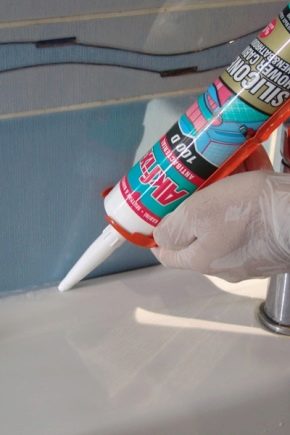
Water has unique properties: on the one hand, life itself is impossible without it, on the other, moisture causes significant damage to everything that a person creates. For this reason, people have to invent means to protect against moisture. One of the materials that can successfully withstand the effects of water and its vapors for a long time is silicone sealant.
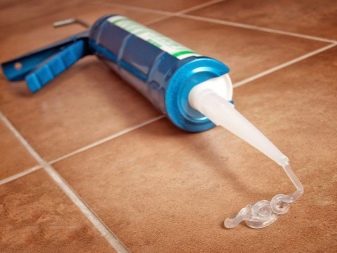
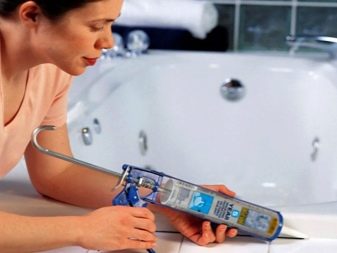
Material features
Silicone sealant is a universal material. Its peculiarity lies in the fact that it can be used in almost any conditions. It serves perfectly both indoors and outdoors.
Most often, silicone is used when installing plumbing products. Today it is difficult to imagine that the sealant is not used in the bathroom.
In this room, he is present almost everywhere:
- closes the gap between the bathroom and the walls;
- serves as waterproofing at the joints of water and sewer pipes, at the fixing points of taps, corners and tees;
- laid along all seams when assembling shower stalls;
- participates in the operation of fixing mirrors and shelves, when gluing ceramic tiles on the walls of the room and porcelain stoneware on the floor.
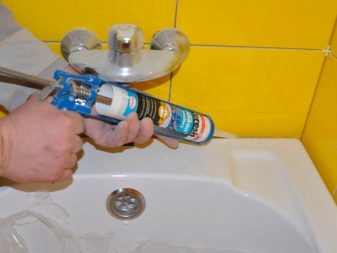
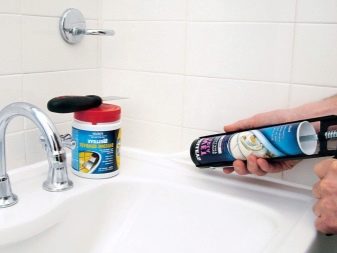
In construction, gaps are filled with sealant during the installation of windows and doors. It is used in the laying of electrical wires and cables.
One of the features of a plastic material is the ability to resist the appearance of fungus, which is very important for living quarters.
The sealant is used in the machine-tool and machine-building industries - it is indispensable when assembling units from plastic and metal parts.
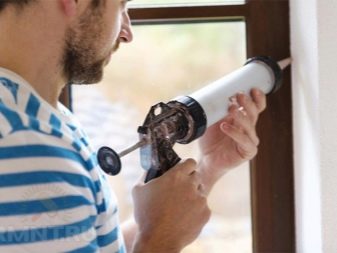
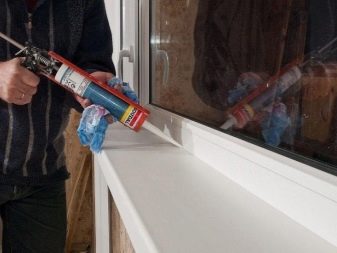
Types and characteristics
The basis of the silicone sealant is rubber.
In addition to him, the composition includes:
- plasticizer - a substance that makes the sealant plastic;
- vulcanizer - an element that changes the state of the sealant from a pasty version to a rubber-like one;
- amplifier - is responsible for the viscosity of the composition and for its strength characteristics;
- adhesion primer - promotes perfect adhesion of the sealant to the processed materials;
- filler - turns a colorless composition into a colored one (not available in all types of sealants).
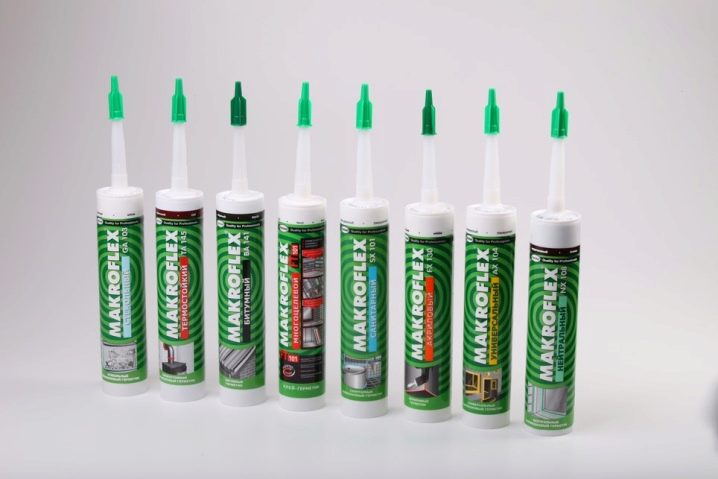
All sealants are divided into one- and two-component according to the nature of their use. The former are used directly, their stable state is formed under normal conditions under the influence of moisture and air. And in order for the two-component species to solidify, an additional substance is required that plays the role of a catalyst.
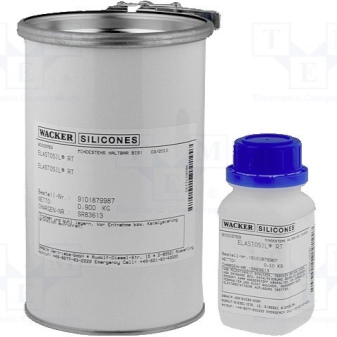
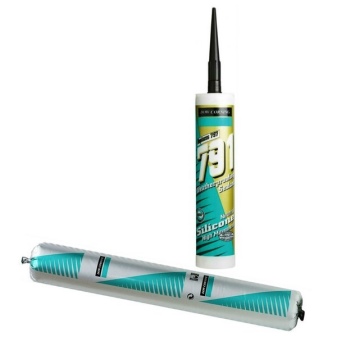
According to their composition, silicone-based adhesives are divided into three types.
- Acetic sealant. Contraindicated in concrete and metal products. The material emits acetic acid, which can cause significant damage to the metal and cause its corrosion. Used when working with plastics, wood and ceramics.
- Neutral sealant (or universal). It is marked on the packaging in the form of the Latin letter N. It is applicable for all types of materials. The transparent composition is water-resistant, adheres well to metal, and can be used for aquariums.
- Sanitary sealant. Fully corresponds to its name. Its purpose is the plumbing range of operations. Everything that needs to be sealed in the bathroom is done with just such a tool.The waterproof sanitary sealant does not deteriorate under the influence of cold and hot water, it is resistant to temperature extremes and ultraviolet light. But its main property is resistance to cleaning and detergents, which housewives love to use so much, keeping an eye on the cleanliness of bathrooms and kitchens.
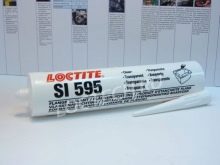
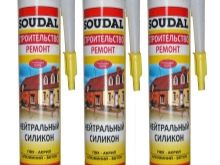
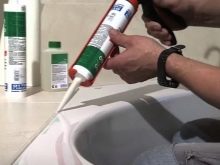
The sealant may be white, colorless, or discolored. The color of the pasty substance is imparted by the filler.
Colored sealants can be divided into three types of application:
- construction;
- automobile;
- special.
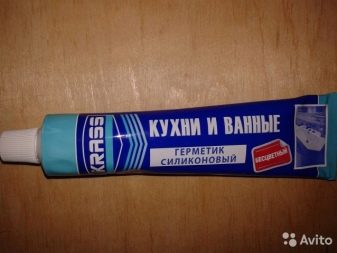

A variety of colors allows you to make a choice and take into work the look that fully matches the existing colors.
How long can it take to dry?
The question of the drying rate of the silicone composition is of interest to everyone who intends to use it.
There is no definite answer, since the agent freezes in different ways, depending on various factors:
- composition;
- layer thickness;
- places of application;
- external factors.
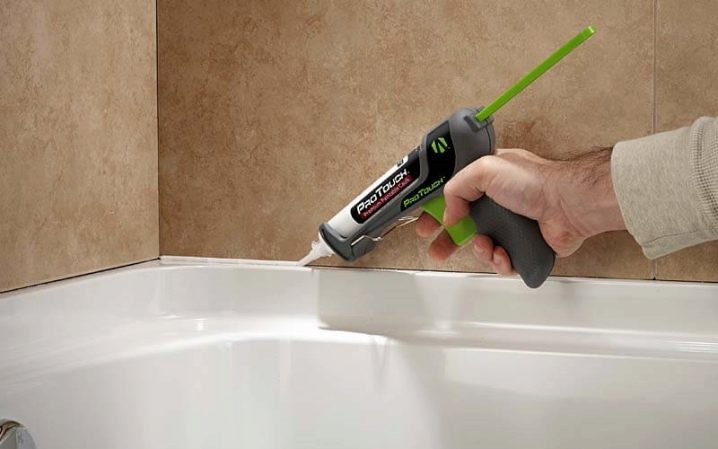
It is believed that an acidic sealant takes an average of 5 hours to cure after being applied to a surface. His neutral "brother" needs much more time - a whole day. At the same time, the ambient temperature should not fall below + 5 degrees. In both cases, it is meant that the sealant is applied in one layer of medium thickness. For each type of adhesive, the drying time is indicated on the packaging.
The composition dries up gradually. First, the outer layer hardens - this takes about 15 minutes. If you touch the sealant with your hand after a quarter of an hour, it will not stick, as it would during application. However, the polymerization process is still incomplete, since the setting reaction takes place inside the plastic mass under the film formed on the outside.
It was found that the sealant dries completely 2 mm deep for a full day.
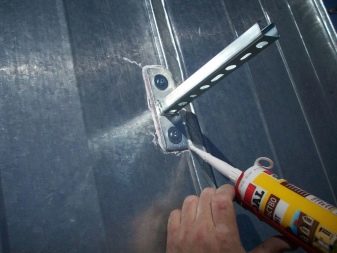
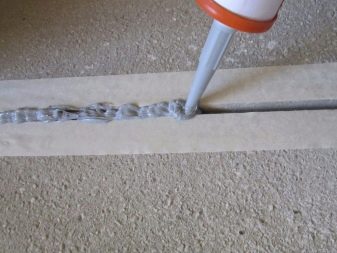
Normal conditions for drying silicone sealant are positive temperatures ranging from 5 to 40 degrees. The second requirement is the absence of air stagnation. While it is not difficult to provide ventilation in the rooms and in the kitchen, it is quite problematic to make air masses move in the bathroom. Therefore, in such rooms, silicone hardens for a long time compared to other home rooms.
The long process of working with sealant in bathrooms is also due to the fact that you cannot use the quick-drying vinegar type here. The composition, poured between the wall of the room and the metal bowl of the bath, must have a neutral reaction. In addition, the adhesive mass must contain fungicides that prevent the formation of fungus in places with constant high humidity.
The most suitable option in this case would be a special sanitary silicone sealant. The product is applied in a thick, but single layer. Bathrooms have a minimum drying time of 24 hours and a maximum drying time of 48 hours.
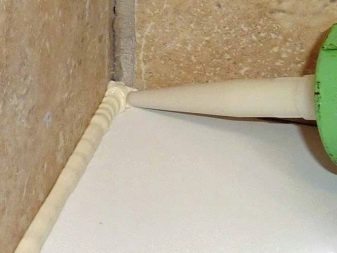

How to speed up the drying process?
Those who cannot wait for the adhesive to dry for a whole day, and even more so for two days, should know that there are ways to accelerate the polymerization of the sealant.
The composition dries faster if the room temperature is relatively high. If you want to quickly dry the applied layer, you should create appropriate conditions, for example, using a heater. At temperatures approaching 40 degrees, the setting speed will increase significantly.
Do not use a hair dryer to dry. Failure to control its heating and uneven setting can damage the insulating material.
The hardening time will be reduced with the provision of forced ventilation. It can be like a fan, or wide open doors and windows. You also need to ensure that dust is not applied to the treated surface along with the air.
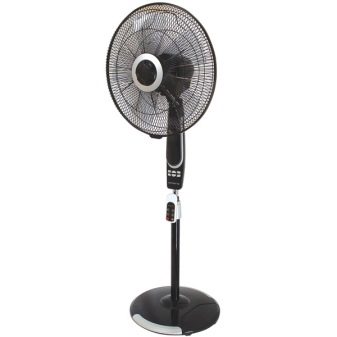

The sealant dries faster when applied with a limited amount of water. For example, if you periodically spray the joint with a spray bottle, the process will go faster.
Separately, it is worth dwelling on the work on sealing windows. There is no need to rush here. When processing a window, the frame must be opened, the workplace must be cleaned, the sealant must be applied around the entire perimeter of the box and it must be leveled with a wet hand or a spatula.
To prevent gluing of the frame, the sealant should be covered with foil or plastic wrap. During drying, the window must be closed. With this approach, the composition fills the free volume better. Drying lasts from two to four days.
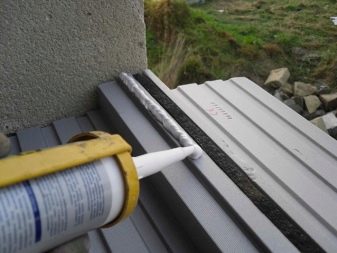
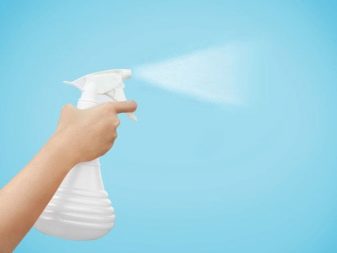
Is the composition harmful after drying?
During operation, a specific odor is emitted from the sealant. It persists during the hardening process. After a complete solidification occurs, the vinegar species will still give off an odor for some time.
The agent poses some danger only during the application process. The instructions for use tell you how to use this or that type of silicone composition. If you do not break the rules, then nothing terrible will happen.
The cured sealant is completely harmless to both people and pets.

Recommendations
If you decide to make repairs in the bathroom or in the kitchen, replace windows or lay out tiles, then you will definitely need an airtight material. In the store, you should not rush to buy - you should carefully read the characteristics of the purchased product.
It must be remembered that:
- an excessive amount of additives negatively affects the elasticity of the sealant;
- the cartridge with the product must be carefully examined for cracks and punctures;
- do not take an incomplete tube;
- a good sealant is not cheap - a low price may indicate improper storage of goods and their low quality.
When working, you should not deviate from the instructions, because this is the only way to maintain the sealing during the service life set by the manufacturer.
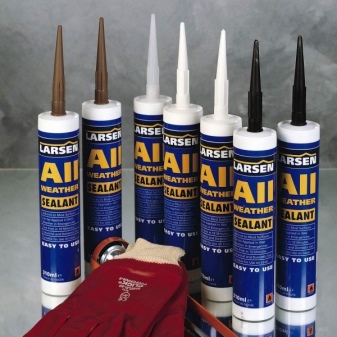
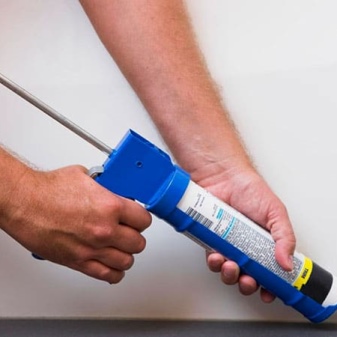
For information on how to properly use silicone sealant, see the next video.













The comment was sent successfully.